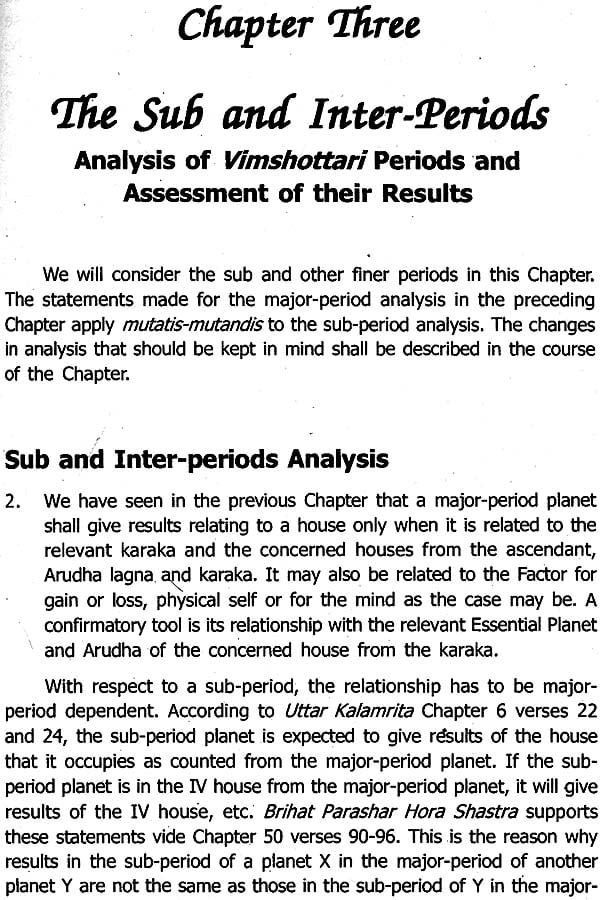
Transits have been very tricky. Should we take them from the natal Moon or the ascendant is a question that has been exercising the minds of all. Each one of us has worked out his own solution to the issue.



Dinesh Mathur Astrology Images
Why should a transit be analysed from the Moon? In ancient times when birth time was not known accurately, this could have been a workable via media, but today when this is not the case, taking the Moon sign as the ascendant for analysing transits is not acceptable.
Shri Mathur has been a keen student of Parashari system of Indian astrology for more than three decades. He has made a comprehensive study of the subject on the predictive side and has published his conclusions in Predictive Astrology An Insight, How to Time an Event, and Vedic Progression-Secrets of Bhrigu Samhita Unveiled. Mathur price: Rs. 350.00 Tags: vedic astrology, predictive Astrology, Vimshottari System Categories: Vedic Astrology. Astrology can be considered a useful branch of knowledge only if its concepts and principles could be applied to assess the personality and life of a person,.
A better alternative is the ascendant. Why? Because all the persons having their Moon in the same sign could be further subdivided into twelve sets according to their natal ascendants. This enables us to give twelve distinguishable predictions to all these persons who otherwise would have got the same prediction.
How can we distinguish further? It is not right that everybody in this world should get the same prediction out of a set of twelve predictions at any given point of time. Here comes in the use of major-period planets. There are nine planets the Vimshottari major-periods of which run at any moment of time in different charts. When we are analysing the effect of a sub-period in a major-period we take the place of the major-period planet as the ascendant and analyse the sub-period accordingly. For example, if the major-period of Jupiter placed in Aries is running and we wish to know the effect of sub-period of Mars placed in Virgo, we will take Aries as the ascendant. We will notice that Mars is placed in the sixth house from Jupiter in an inimical sign and therefore according to the significations of the sixth house and its own it should cause an accident or injury in its sub-period. Since it is the owner of the ascendant signified by the major-period planet (Aries) placed in the sixth house it will cause the common signification of the sixth house and its own to appear on the physical body. Mars and sixth house both signify injury and accidents. Therefore the likelihood of injury/accident is more than that of a dispute arising.
Similarly, when we analyse the transit from the place of the major-period we should notice the placement of the planet in transit from the natal major-period planet and analyse its effect at that time. For example, suppose in the above illustration, Mars is occupying the fourth house (Cancer) in transit from natal Jupiter. Both Mars and the fourth house signify property. Since it is also the owner of the ascendant (place of major-period planet) it involves the self of the individual in matters relating to property. Hence during the transit of Mars through Cancer this person will be involved in handling property. As Mars would be debilitated here the results may not be too satisfactory. Going into the nakshatras in the fourth house, when Mars enters Cancer, it will be in the nakshatra of Jupiter. Since Jupiter owns the ninth and twelfth houses from Aries, this would be the time when the individual tries to dispose of the property of his father (ninth house and twelfth house). The individual will get stalled in his efforts when Mars enters the nakshatra of Saturn and he would face obstacles and may decide to earn through (Saturn ownership of the tenth and eleventh houses) that property and when it enters the nakshatra of Mercury he may part with it (third house/twelfth from fourth ownership of Mercury). We can analyse all the nine planets in transit in this manner and we will notice that this method gives much closer to real experience results.

Dinesh Mathur Astrology Horoscope
The analysis of a transit from the natal position of the major-period planet has another advantage. The transits of major planets like Jupiter, Saturn, Rahu and Ketu will pose the question of repetition of results if we analyse from the natal Moon. The position of ascendant determined by the natal position of major-period planet will probably differ with each return of the major planet. Jupiter returns after twelve years, Saturn after thirty and Rahu/Ketu after eighteen. Hence with each return of a major-period planet the possibility of the same major-period continuing remains slender.
Dinesh Mathur Astrology News
We must super-impose this analysis over the conclusions drawn by taking the planet in transit from the natal ascendant, but this we will discuss in another blog. Further, another very interesting avenue opens when we consider transits from the natal position of the sub-period planet!!

Comments are closed.